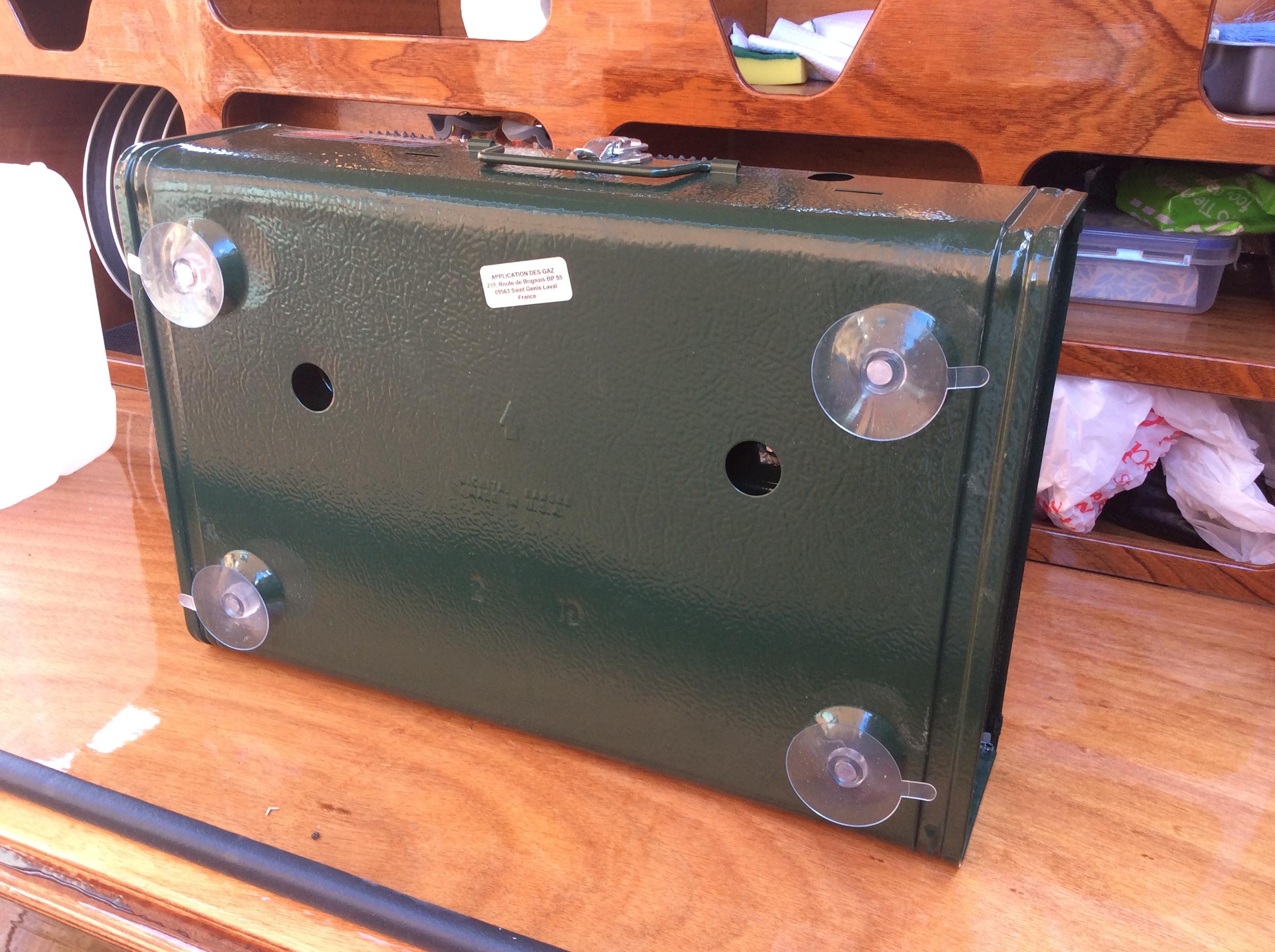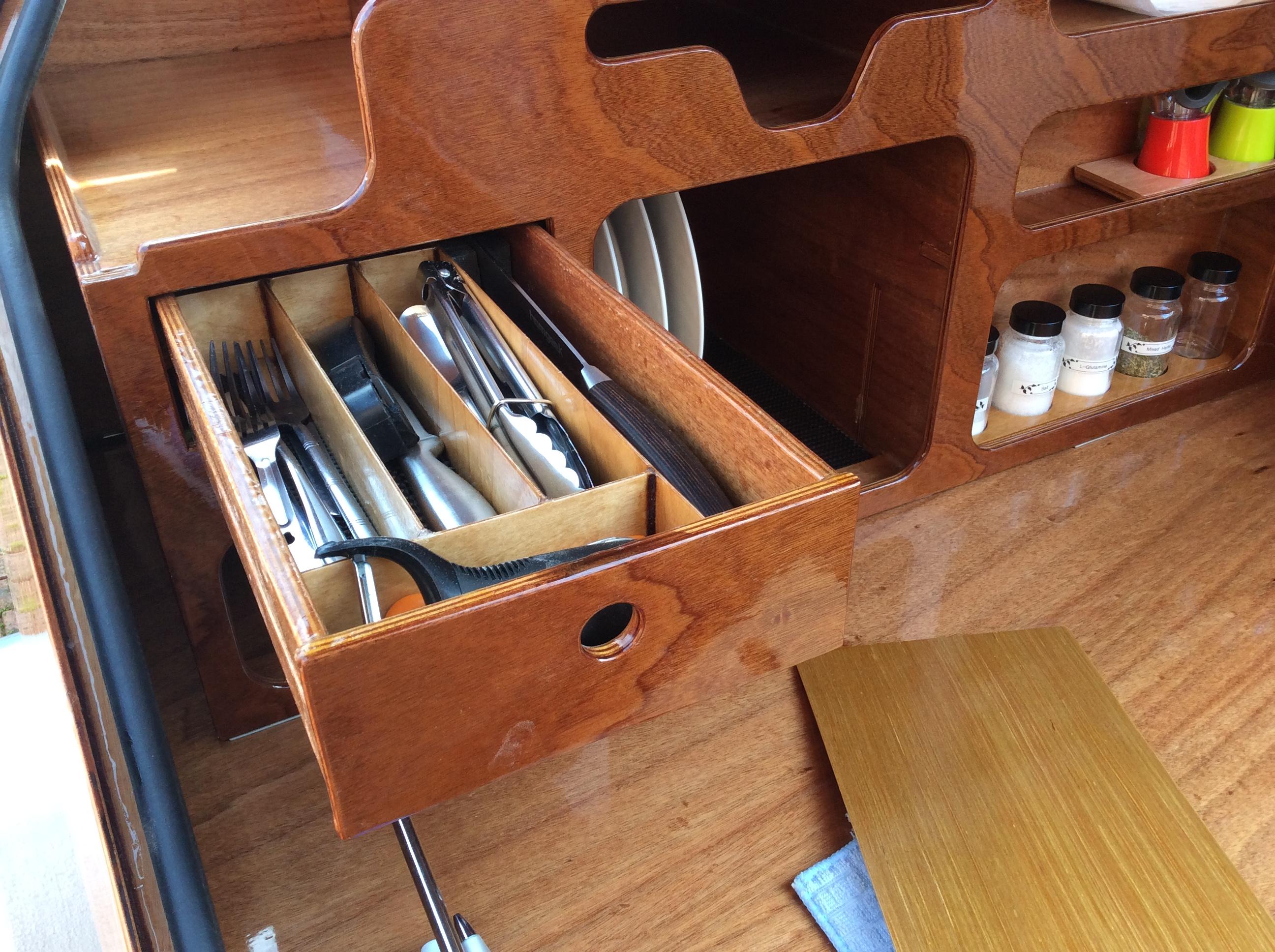Forum Replies Created
-
AuthorPosts
-
Andrew
ParticipantHi Andrew,
I think the manual does indicate that the struts are mounted rod up. What you say about mounting them the other way makes perfect sense and is really interesting. I can’t comment on the geometry and have no experience of mounting them differently but I have found the strength of the struts to be woefully inadequate to keep the galley hatch up. I don’t know if they were perhaps specified for warmer climbs but I live in the UK and summer temperatures are not generally high and in cooler weather the struts don’t have the strength to raise the hatch fully or keep it up when there is any breeze.
I have thought about upgrading the struts to ones with more ‘power’ (or whatever the correct term is!) but what you say about them pushing against the closed lid had never occurred to me and has made me re-think whether upgrading is a good idea. I might resort to some sort of fixed arm, or an arm with a lockable elbow instead. At present I have to clip a piece of suitably sized plastic plumbing pipe around the rod so that it provides a collar between the cylinder and the mounting point on the hatch. This effectively stops the hatch from closing down on my head! This is far less convenient than some form of lockable folding arm which is looking like my preferred solution.
Has anybody found alternative approaches to keeping the hatch up that they can share?
Andrew
ParticipantHi,
I got my teardrop professionally sprayed and have had no problems with any signs of cracking or fatigue of the lacquer after 2 years use. I love in the UK so don’t experience very high temperatures but I expect modern lacquers are quite able to cope with this.
My main advice would be to ensure that the lacquer has a high UV protection factor. Apparently it varies and I had to ask around and check out the technical specs to be sure.
I was well worth it and resulted in a great finish that needs no ongoing maintenance.
Hope that helps
Andrew
Andrew
ParticipantAndrew
ParticipantAndrew
ParticipantHi Marie,
Sorry for the delay in replying, I posted a response a few days ago but on looking at this post again it doesn’t seem to have registered!
Congratulations for getting this far, you must feel good to be on the home straight now!
In the end I got the teardrop sprayed with clear car lacquer. Factors that made me go this way:
- Cost of the marine varnish for the whole teardrop looked pretty high so having it sprayed looked less costly.
- The number of varnish coats required – the tin says 7!
- The permanence of car lacquer – the varnish would need sanding & re coating periodically (don’t think I’ve ever repainted any of my cars!).
- My sanity – 7 coats with sanding in between would have pushed me over the edge!
- The quality of the finish – it is like a car, but you have to put the effort into the sanding to achieve this.
I had to do some research on the lacquer to get a high UV protection product and that was £70 which bought more than enough I did varnish all the inside surfaces and used the attached varnish tin photo, and for the underside used the second attached photo.
If I can be of any help & you want to correspond directly just let me know. Where about are you in the UK?
Andrew
Andrew
ParticipantHi John,
I haven’t built the ICC but while reading your post I thought this tip from the manual that might be of help. It isn’t mentioned in the manual (or wasn’t in mine) until you are fitting the hinges I think but it is a very useful technique applicable much earlier on in the build and might help you make shallower, smoother fillets that are ‘blended’ better into the two faces that they join. It is on p246 of my manual and says:
Smooth epoxy fillets with a finger dipped in denatured alcohol.
First allow the epoxy fillets to gel for 60-120 minutes . The epoxy should be at the consistency of modelling clay before you try this.
Dip you finger frequently in the denatured alcohol and sculpt the epoxy to perfection with your finger tip.
Though it may be a little late for the ICC fillets that you have done so far the technique might allow you to make finer and lower profile fillets elsewhere to give you the clearance you need. I discovered this tip early on in my build and found myself using it everywhere because it saves almost all sanding of fillets once they are dry, which as you know by now is a horrible and tedious job!
Good luck,
AndrewAndrew
ParticipantAndrew
Participant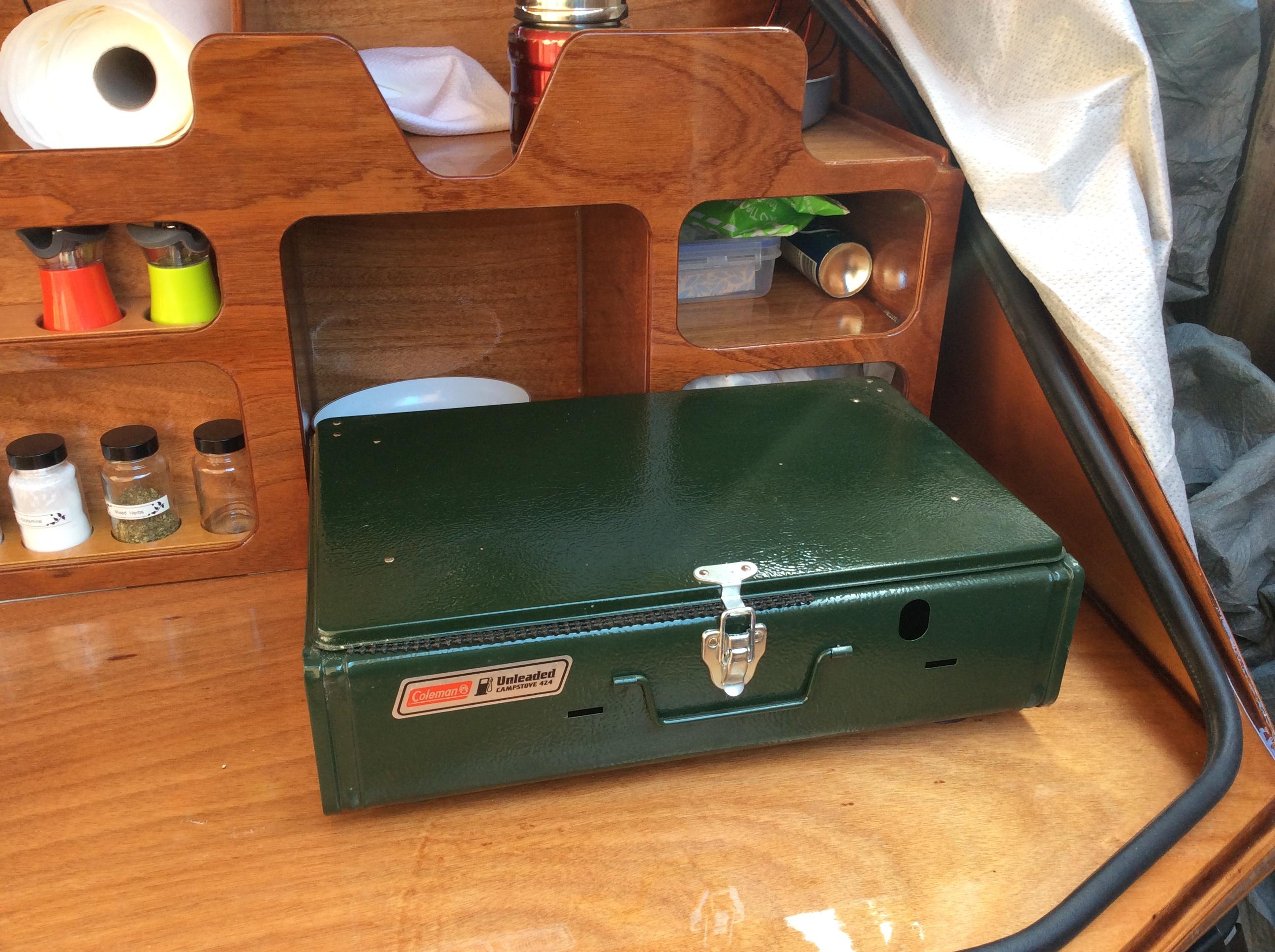
Andrew
Participant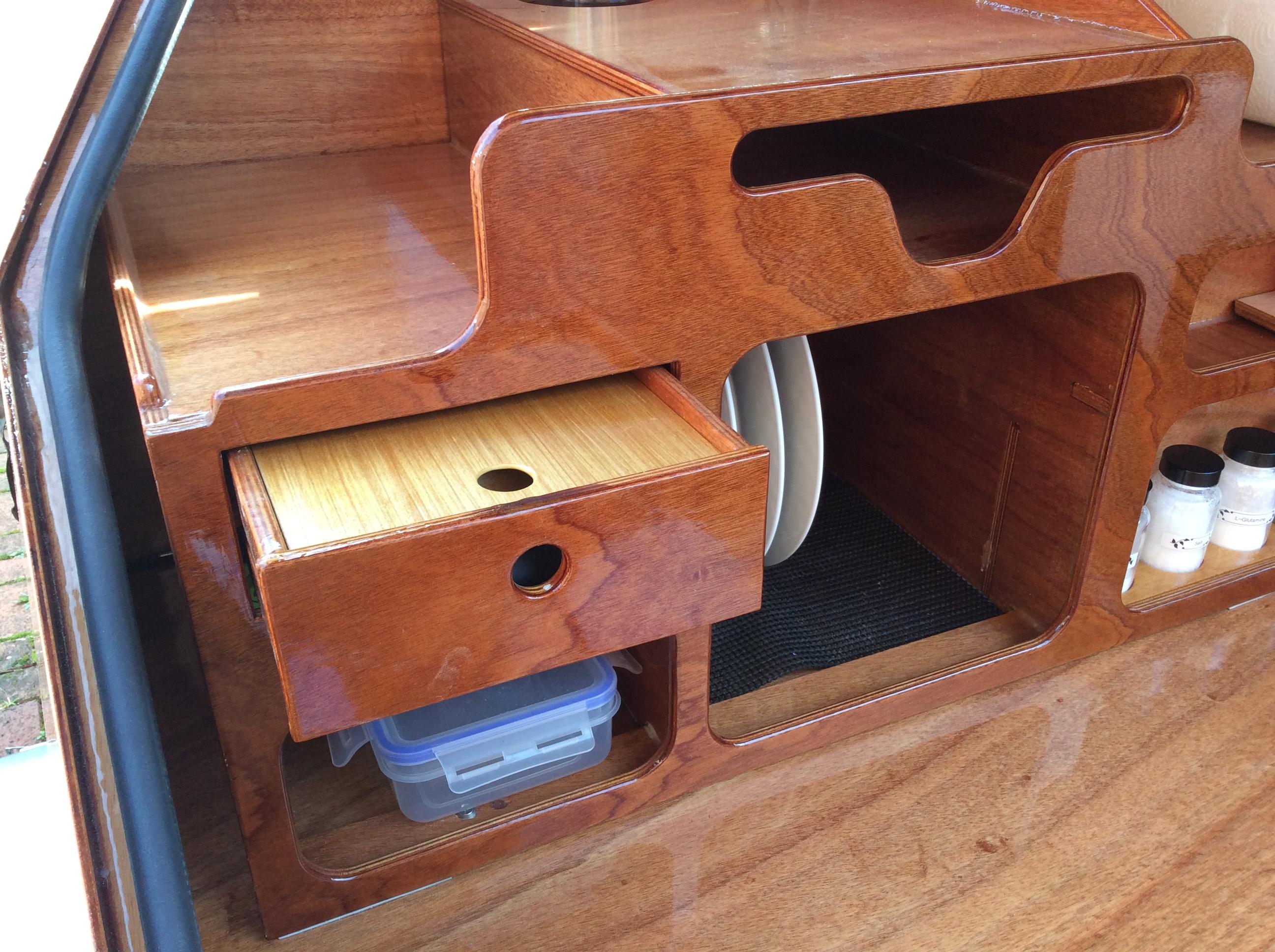
Andrew
Participant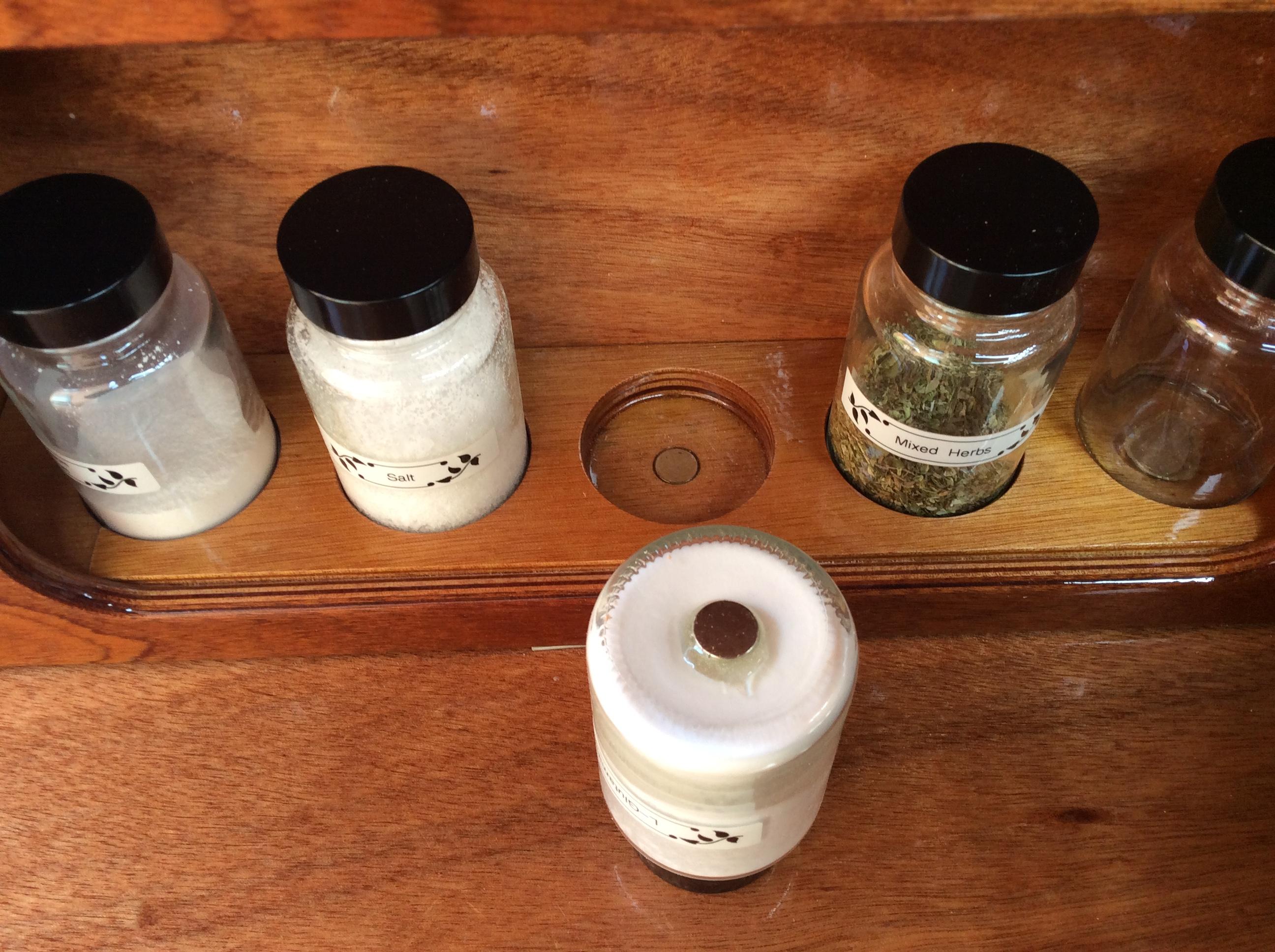
Andrew
Participant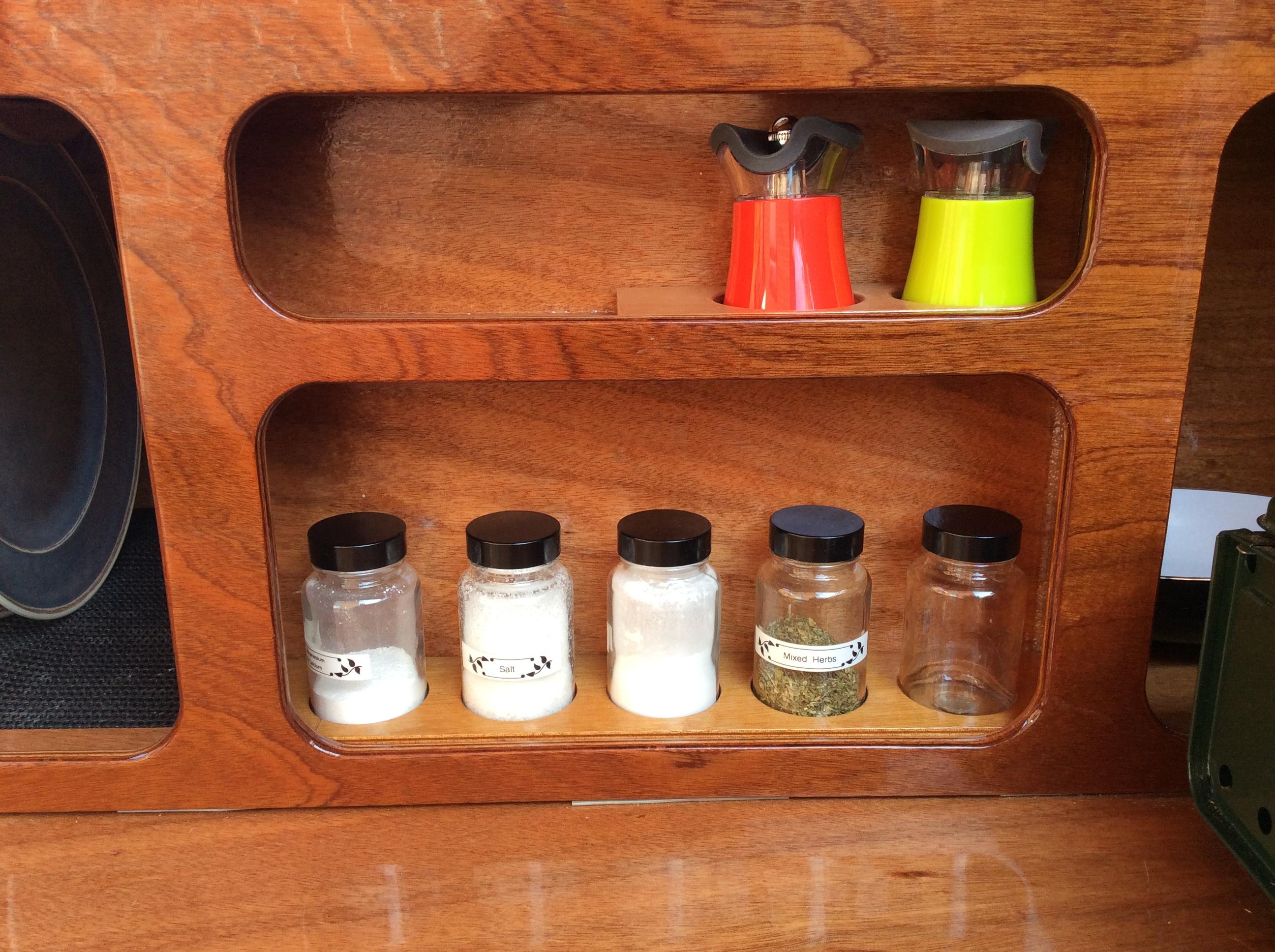
Andrew
Participant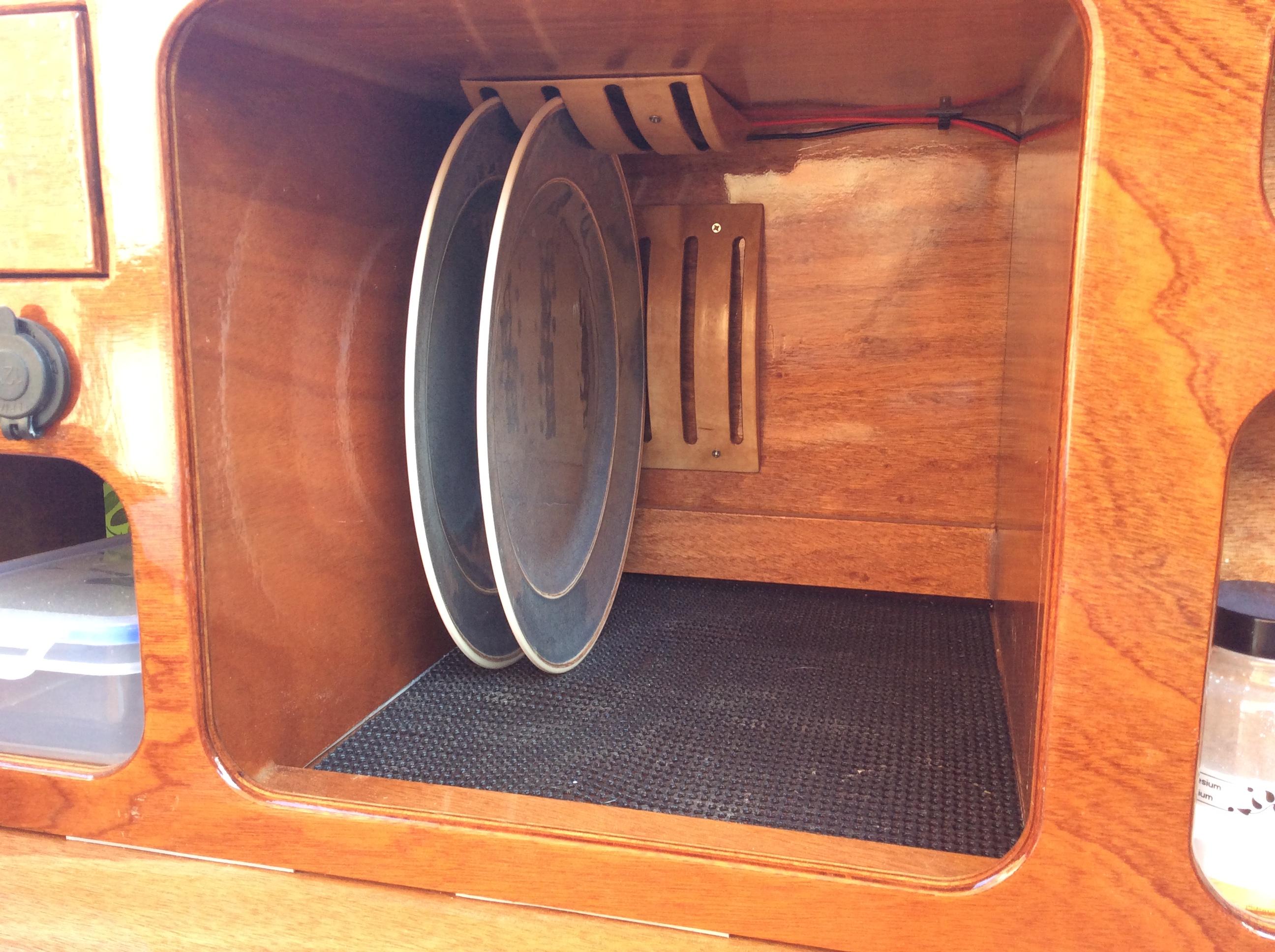
Andrew
ParticipantHi wcammack,
I only just saw this post so sorry for the late response – maybe some of this info might still be useful.
I think building your own kitchen is a good idea.While the CLC module looks good it is very expensive for what it is and in practice I found that the comparment sizes (e.g. the plate shelf) were too small for the camping wares that I already have and indeed a bit small for any decent sized plates anyway. I did modify mine slightly by using the space where the speakers go for a built in cutlery drawer on one side and and additional open storage area on the other.
What I have found to be the biggest problem is keeping stuff in place during transit. The TD is very light and my trailer suspension quite firm so it bounces quite a bit on the road meaning that literally everything, even the cutlery within the dividers in the drawer, rearranges itself during the journey. If I were doing it again I would make my own module and consider how everything I wanted to leave in the trailer could be secured for transit.
To combat some of this I have added a vertical plate rack into which plates slot firmly and a magnetic spice/condiment rack to hold jars in place. I’ll take some pictures and post when I next uncover the TD in case they might be of use (it is under cover for the winter so not easily accessible). I also use a Coleman two burner unleaded stove which fits okay in front of the galley module. I attached four sucker feet to it which hold it very firmly in place at all times so it can stay in the galley area during transit but can still be removed for cleaning up if necessary.
Hope the build is going well.
AndrewAndrew
ParticipantHi Western Flyer,
The tracking you used looks like a really good idea, flexible and unobtrusive. I’d be really interested to hear how you fitted it and any issues you encountered.
Thanks,
Andrew
-
AuthorPosts
